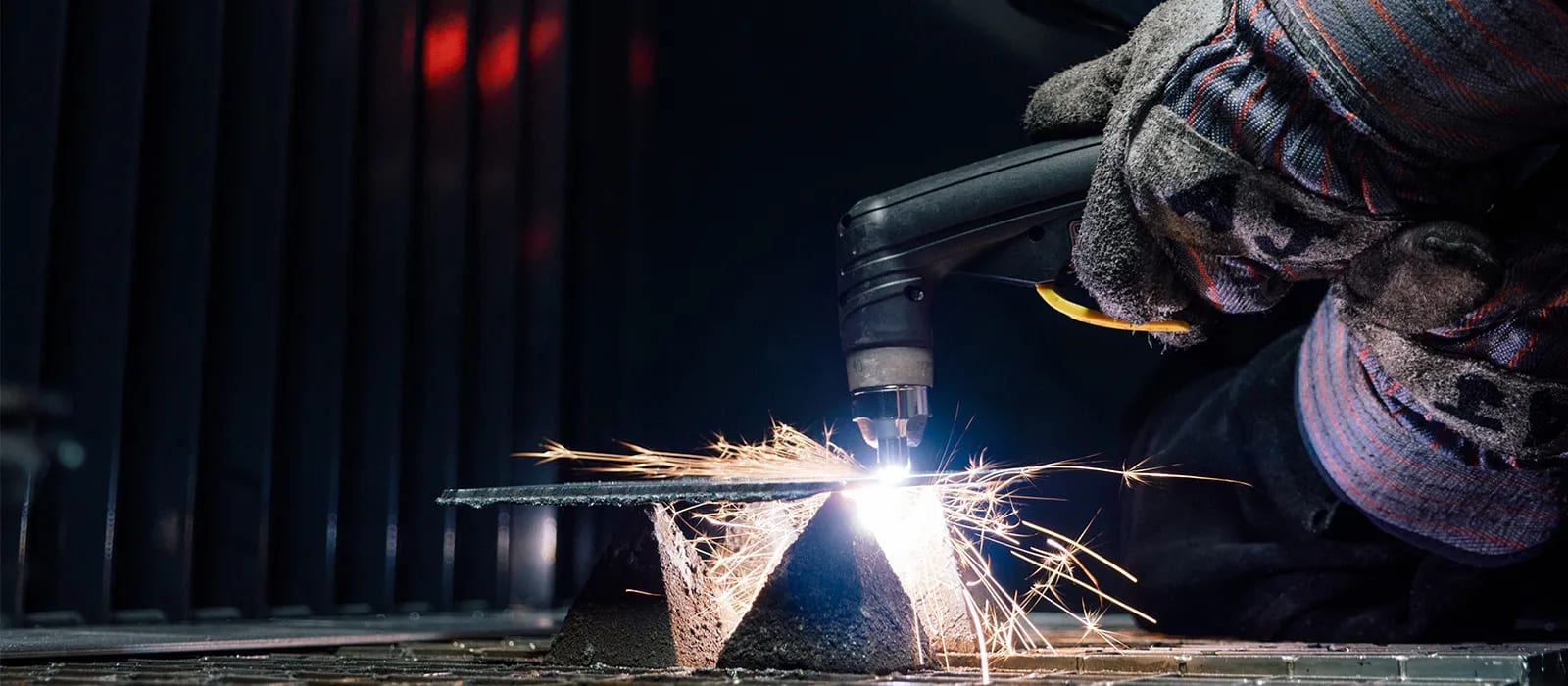Specialist Techniques for Preventing Weld Undercut Successfully
Specialist Techniques for Preventing Weld Undercut Successfully
Blog Article
Comprehending the Causes and Solutions for Undercut Welding in Steel Manufacture Processes
In the realm of metal manufacture procedures, the occurrence of undercut welding positions a considerable obstacle that requires a comprehensive understanding of its causes and feasible remedies. The intricate interplay of various elements during welding procedures can cause this unwanted sensation, influencing the architectural honesty and overall quality of the welded joints - Preventing weld undercut. By dissecting the origin of undercut welding and exploring effective remedial steps, fabricators can elevate the standard of their workmanship and ensure the production of flawless steel parts
Usual Sources Of Undercut Welding
Frequently neglected in steel construction, undercut welding occurs due to various factors that require careful focus and know-how to be effectively reduced. Furthermore, inappropriate welding techniques, such as making use of the incorrect welding angle or travel speed, can likewise add to undercut formation. The choice of welding parameters, such as voltage, present, and cable feed speed, plays a considerable function in the incident of undercut welding.
Effect of Incorrect Welding Parameters
Imprecise welding criteria can significantly compromise the honesty and top quality of bonded joints in steel manufacture procedures. The effect of inaccurate welding parameters manifests in various ways, leading to architectural weak points and flaws in the welded components. One crucial aspect influenced by inappropriate welding specifications is the penetration depth of the weld. Not enough warmth input because of low welding currents or exceedingly high traveling speeds can cause poor combination between the base steels, causing incomplete joint infiltration and deteriorated bonds. On the other hand, excessive warmth input brought on by high welding currents or slow traveling speeds can lead to extreme and burn-through reinforcement, developing a fragile and unstable weld framework. Additionally, wrong parameters such as inappropriate voltage settings or wrong electrode angles can contribute to irregular weld bead accounts, lack of blend, and enhanced opportunities of problems like damaging. For that reason, meticulous interest to welding criteria is vital to ensure the production of high-quality welds with the preferred mechanical homes and architectural integrity.
Impact of Improper Lantern Angle
Improper torch angle in welding procedures can dramatically influence the top quality and honesty of the last weld joints in metal construction processes. The lantern angle plays an essential role in identifying the heat input and circulation throughout welding. When the torch angle is incorrect, issues such as damaging can develop. Undercutting is a common welding defect where a groove creates along the weld toe, deteriorating the joint and jeopardizing its structural honesty.
A torch angle that is also steep can bring about inadequate infiltration, incomplete blend, and enhanced spatter. On the various other hand, a torch angle that is as well superficial can lead to too much penetration, burn-through, and distortion of the base material. Preventing weld undercut. Proper torch angle is necessary for guaranteeing regular weld quality, strength, and look
To stop damaging and other problems created by improper torch angles, welders need to be educated to maintain the appropriate lantern angle throughout the welding procedure. Regular tracking and modification of lantern angles throughout welding can help accomplish sound welds with marginal issues.
Role of Inadequate Welding Methods

Another element of insufficient welding strategies is inappropriate weld preparation. Inadequate cleaning of the base metals, inaccurate joint design, or inadequate edge preparation can all contribute to undercut welding. Insufficient protecting gas protection or utilizing the wrong type of gas can result in incomplete fusion and the formation of undercut defects.
To address the role of inadequate welding strategies in steel manufacture procedures, it is vital to give thorough training for welders. Correct education and learning on welding specifications, joint preparation, and shielding gas selection can aid stop undercut welding and make sure top notch welds in metal fabrication tasks.
Reliable Solutions for Undercut Welding
Attending to undercut welding in metal fabrication calls for carrying out effective solutions to boost weld high quality and structural honesty. One of the primary remedies to fight undercut is to adjust welding criteria such as voltage, present, and take a trip rate to find ensure correct warm input and blend. By fine-tuning these settings, welders can prevent extreme melting of the base metal and filler product, reducing the chance of undercut formation.
In addition, appropriate joint prep work is vital in preventing undercut. Making certain clean base steel surfaces complimentary of contaminants and utilizing the ideal bevel angle can help advertise better weld infiltration and reduce the danger of undercut - Preventing weld undercut. Using suitable welding methods, such as weaving or oscillating the lantern, can likewise help in dispersing heat uniformly and loading the weld joint see this sufficiently, decreasing the possibility of undercut problems
In addition, selecting the appropriate welding consumables, consisting of electrodes and filler steels, is essential in reducing undercut. Utilizing products with ideal chemical compositions and mechanical residential properties can add to achieving sound welds with from this source minimal undercut. Routine assessment and top quality control actions need to also be implemented to spot and attend to undercut problems immediately, making certain the total honesty of made steel elements.

Final Thought
In final thought, comprehending the causes and services for undercut welding in metal fabrication processes is crucial for achieving high-quality welds. By addressing usual reasons such as inaccurate welding specifications, improper lantern angle, and poor welding methods, welders can avoid undercutting and make certain solid, resilient welds. It is necessary to take note of these factors and apply efficient services to improve the total welding process and last item quality.

Report this page